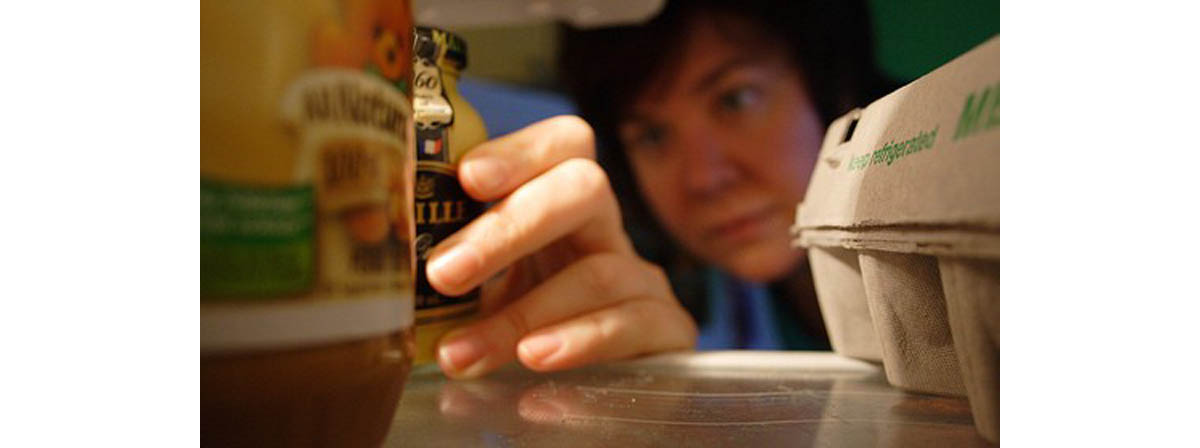It has been seen that marijuana users are thin compared to non marijuana users and numerous epidemiological studies done in the past have corroborated the fact that marijuana consumption is associated with lowered incidence of obesity and diabetes mellitus and a lower body mass index. However, no study had been carried out to find the effect of marijuana consumption on patients already suffering from diabetes mellitus. In a new study published in the American Journal of Medicine, researchers have found that marijuana consumption is also associated with a reduced level of fasting insulin and lowered risk of developing insulin resistance. This implies that it helps diabetic patients in controlling their blood sugar levels better.

For their study, the researchers recruited 4657 adult men and women between 2005 and 2010. These people were a part of the National Health and Nutrition Examination Survey. All the participants of the study were questioned on drug use and it was found that 579 of them were current marijuana users. It was also seen 1,975 of the participants had used marijuana formerly while 2,103 had never used the drug. The blood glucose levels and fasting insulin levels of all the participants were measured after a nine hour fasting period. The cholesterol levels and waist circumference was also measured. Researchers deployed the homeostasis model of assessing insulin resistance (HOMA-IR) to calculate the risk of insulin resistance among the participants of the study. Confounding factors like age, sex, history of alcohol consumption or cigarette smoking, level of physical exercise and the income of the participants were adjusted before noting down the results.
Regular use of marijuana associated with lower fasting insulin, lower insulin resistance, smaller waist circumference and higher levels of high density lipoprotein
The researchers observed that those participants who were current marijuana users, had lower levels of fasting insulin and a reduced risk of developing insulin resistance compared to participants who had used marijuana earlier or did not use it at all. The fasting levels of insulin were 16 percent lower in marijuana users compared to non marijuana users. Similarly, people using marijuana had 17 percent lower insulin resistance compared to people who gave up marijuana or those who had never used marijuana. As the association between marijuana use and fasting insulin levels was weaker in people who used marijuana earlier, the researchers concluded that the effect on insulin persists as long as the people are actively using marijuana. It was also seen that current marijuana users had smaller than average waist circumference. Current users of marijuana had an abdominal girth which was, on an average, 1.5 inches less than formers users or those who had never used marijuana. Regular use of marijuana was also associated with higher levels of high density lipoproteins, also known as the good cholesterol, which has a cardio-protective action.
Marijuana Associated With Both Increased Appetite And Weight Loss
Marijuana has been known for quite some time as a substance that increases appetite. Yet, studies have shown that regular users of marijuana are more likely to be thin, with a reduced abdominal circumference and lowered risk of diabetes. So how does one explain this dual nature of marijuana vis a vis weight?

According to Murray Mittleman, the lead author of the present study, the main reason behind this two faced relationship of marijuana with body weight is that marijuana users are able to metabolize carbohydrates in a better fashion. The cannabinoid receptors present in brain are involved in appetite and affect body’s metabolism. Researchers opine that cannabidiol, a compound present in marijuana has an affect on these cannabinoid receptors. It stimulates these receptors, leading to increased appetite and overeating. However, with regular use of marijuana, these receptors become less sensitive. As they become inactive, they stop responding to cannnabinoids and do not increase appetite or overeating. Therefore, the risk of obesity and diabetes is lowered in people who are active users of marijuana.
However, researchers have not been able to explain the role that marijuana plays in the relationship between the reduced appetite and the insulin response to it. Further research is required to explain the biological processes that are responsible for the effect of marijuana in better control of blood sugar and reduced insulin resistance in diabetic patients.
Marijuana is illegal in most of the countries around the world
Marijuana has been consumed by humans since time immemorial. The earliest records available with us show that it was in use even in 3rd millennium BC. Marijuana was primarily cultivated in Central and South Asia where it was used for its medicinal properties. However, it later gained popularity as a recreational drug and people started abusing it for a ‘high.’ Its medicinal properties were almost forgotten.
Marijuana contains a number of psychoactive compounds, of which the major compound is tetrahydrocannabinol (THC). These psychoactive compounds act directly on receptors present in the brain to give a feeling of high. Although its consumption is considered as illegal in most of the countries around the world, its use as a recreational drug is rampant. According to the United Nations, marijuana is the most commonly used illegal drug worldwide. It has been estimated that it is consumed on a daily basis by as many as 22.5 million adults throughout the world.
In the United Kingdom, marijuana is categorized as a Class B drug under the UK Misuse of Drugs Act. This category of drugs includes those which are least likely to cause harm. People found in possession of marijuana are given a lenient sentence.
But laws vary in different countries. In the United States, marijuana has been approved for medicinal use in 19 states. The clamor for legalizing marijuana has been steadily increasing. With the results of the latest study in their hand, the pro-marijuana activists will try their best to get the drug legalized in other states too. Even researchers seem optimistic about the medicinal value of marijuana. Joseph Albert, the editor-in-chief of the American Journal of Medicine has called upon the NIH and DEA to develop policies which would encourage studies to find further information about the medicinal properties of marijuana. He has stressed the need of studies to find the short and long term effect of marijuana in conditions like cancer and diabetes and in elderly people.
- “The Impact of Marijuana Use on Glucose, Insulin, and Insulin Resistance among US Adults,” by Penner, E, Buettner, H, Mittleman M, et al, published on May 15, 2013 in the American Journal of Medicine, accessed on June 8, 2013
- “Medical Marijuana May Lower Blood Sugar, Help Diabetics Control Disease,” by Christie Rizk, published on Amy 15, 2013 in medicalarticles.com, accessed on June 8, 2013
- “Marijuana: The Next Diabetes Drug?” by Maia Szalavitz, published on May 21, 2013 in healthland.time.com, accessed on June 8, 2013.http://farm1.staticflickr.com/8/10187374_6142def1e2.jpg
- farm3.staticflickr.com/2328/2146544435_171a27d0a1.jpg
- Photo courtesy of kris krüg by Flickr : www.flickr.com/photos/kk/10187374/
- Photo courtesy of Michelle Tribe by Flickr : www.flickr.com/photos/greencolander/2146544435/

